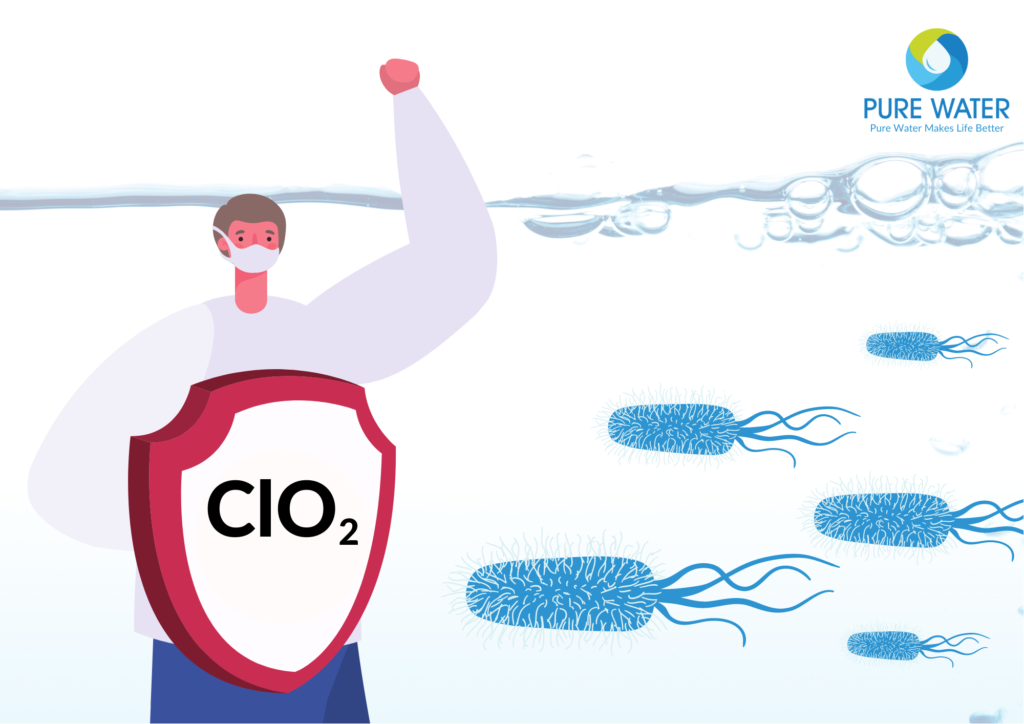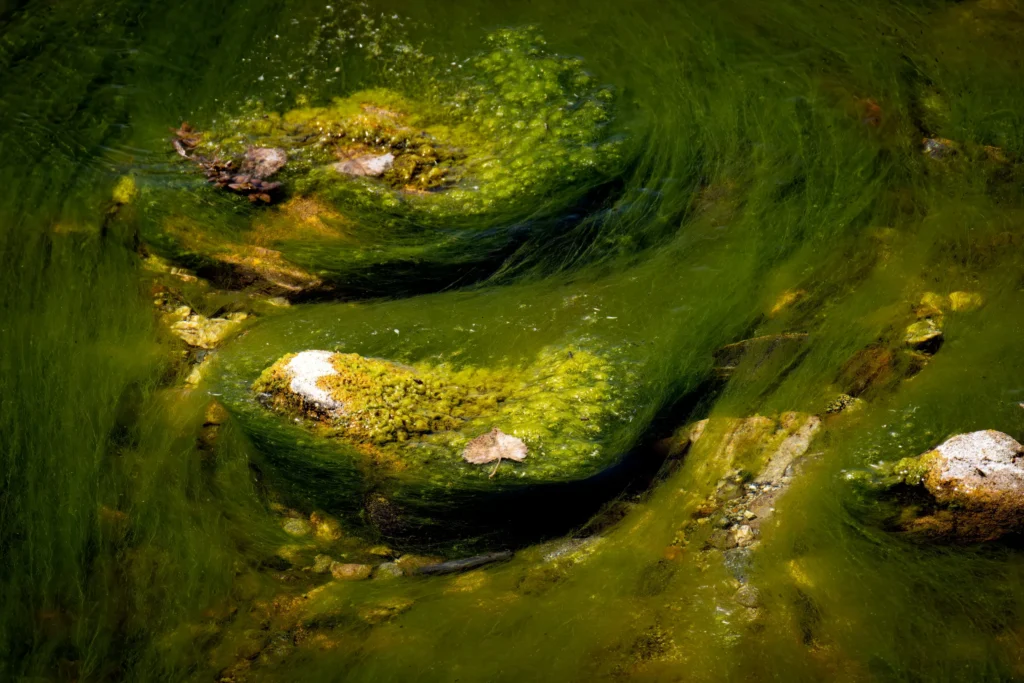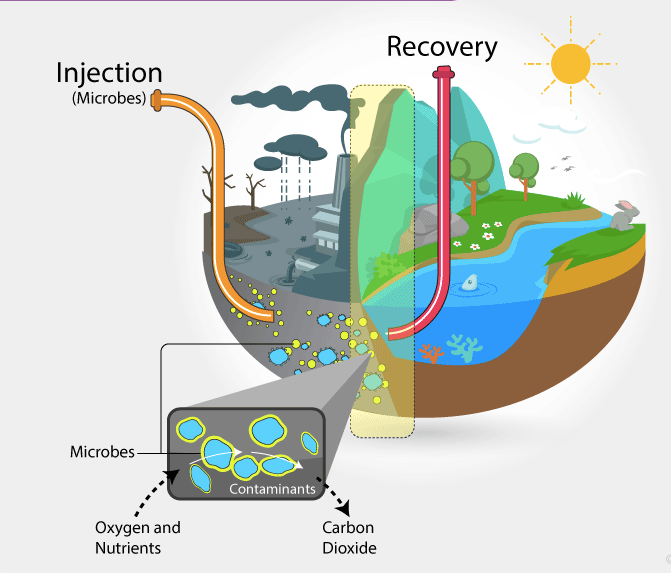
Chlorine/Sodium Hypochlorite : It’s convenient to purchase. It’s cheap. It’s easily available. It’s a well-known biocide and disinfectant. And it just about does the job. But is it the best and the safest to use in applications where the end-product might be consumed by humans?
Treating and disinfecting with chlorine and hypochlorite is a common method to sanitize and disinfect water and heavy equipments to reduce concentrations of waterborne pathogens, such as bacteria, viruses, moulds and protozoa. It has been used as a disinfectant for over a century now.
It all sounds great doesn’t it? But it gets interesting when you start to look beneath the surface. Chlorine, although extremely popular in a variety of industries, has a plethora of drawbacks some of which can prove to be extremely hazardous. Chlorine has a tendency of reacting with organics in water to form harmful by-products which are often carcinogenic, the consumption of which pose the threat of cancer. Use of chlorine in water treatment can also form Trihalomethanes (THMs) and Haloacetic acids(HAAs), which are considered to be potential human carcinogens.
Chlorine dioxide is one powerhouse biocide that has been getting more attention recently, and rightly so. It is a versatile alternative to chlorine and it can be used in many disinfection applications, including pasteurization equipment, poultry industry, cooling towers, swimming pools, water treatment and food & beverage processing.
Chlorine dioxide is often mistaken for chlorine, but both the chemicals couldn’t be any further apart in terms of their efficiency and versatility. Let’s have a look at how Chlorine dioxide is different from chlorine and how it has the upper hand as a stronger and more effective biocide:
- No formation harmful by-products – Unlike chlorine, chlorine dioxide only acts by oxidation and will decompose in the presence of high temperatures and alkalinity, meaning it won’t react with organics to form carcinogenic compounds.
- Less corrosive – Like Chlorine, Chlorine dioxide is soluble in water. It however does not hydrolyse to form acid. This makes it less corrosive than chlorine and ensures longer lifetime of equipment’s and machinery.
- Broader pH range – Unlike chlorine, chlorine dioxide is not pH dependant as it is effective over a broad pH range from 2-10. This also means there is no need for additional chemicals to control pH.
- Effective against wide range of pathogens – Chlorine has been found to be ineffective against complex organisms such as cysts & protozoa. Chlorine dioxide is extremely effective against these pathogens, and many more.
- Biofilm removal – Studies and various tests carried out at CAMR and Porton Down have proved that chlorine does not remove biofilm whereas chlorine dioxidedoes so with ease.
- Not dependant on temperature – Chlorine cannot be used at elevated temperatures (>40o C) as it tends to dissociate, evolving Chlorine Gas. Chlorine Dioxide does not dissociate as readily at elevated temperatures.
It is also worth noting that chlorine has already been banned in certain parts of Europe and USA due to its hazardous characteristics. India has also restricted the use of chlorine in STPs since 2010, due to the threats it poses to human health.
Chlorine dioxide does everything that chlorine does, but considerably better. It’s got a wide variety of applications in various industries, it is economical, and it’s environmental profile is safer than other choices. There’s nothing else out there that can compete.
If you are interested in knowing more about PureOx, our very own chlorine dioxide brand, please fill this form and we will get back to you at the earliest!





About The Author: Rahul Mehta
More posts by Rahul Mehta